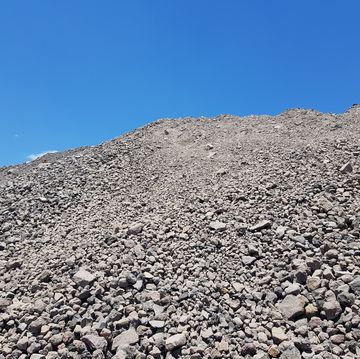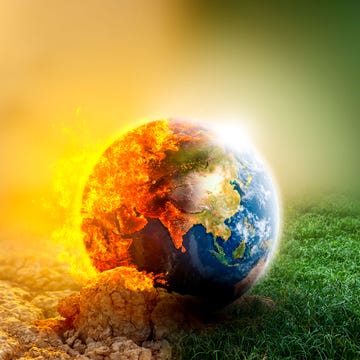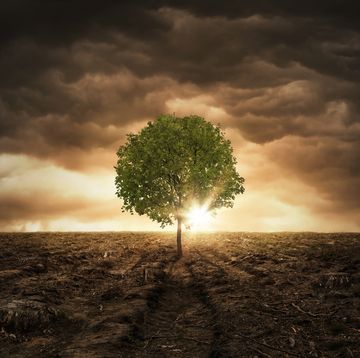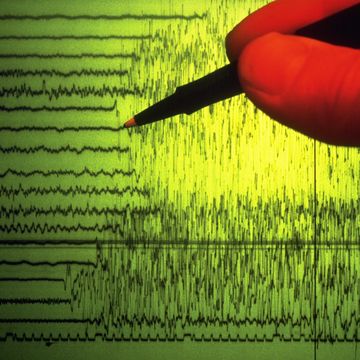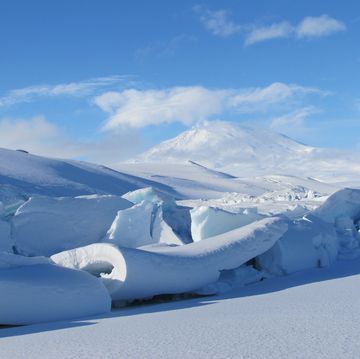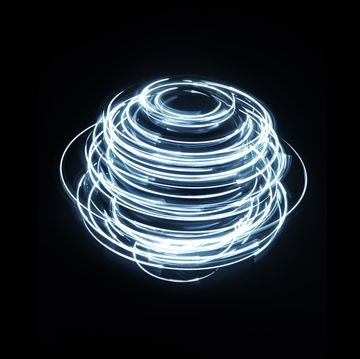California is mired in a historic drought; we already know that all too well. And climate change – NOAA just declared this past winter the warmest one on record – is compounding the drought. It's so bad, we're wondering what, exactly, will we drink as the water literally disappears? Among the possible solutions are desalination of ocean water. But another potential option might turn some off: purification of waste water.
The idea of purifying and drinking waste water – which includes water from your toilet – is hardly new. Heck, television survivalist Bear Grylls has become rather famous (or infamous, depending on your point of view) for doing a crude version of it out in the wild. But it's a very real possible solution to a growing problem as Slate outlines in a story today comparing the purification process to desalination.
The main problem with desalination is the cost: Slate notes a desalination plant in Carlsbad will cost $1 billion and the return on investment isn't all that great. Which is why California is investing another $1 billion into water recycling plants. A year ago, CNN profiled a water recycling plant in Orange County that had just upped its production rate to 100 million gallons of recycled water a day. That may seem like a lot but it's only enough for a third of the county's population; adding it to the groundwater supply doubles that.
The use of recycled water is slowly gaining steam, especially over in Australia and Asia, but here in the United States as well. It's even catching right here, in both the city of San Francisco and the East Bay, in one capacity or another with efforts under way to expand. That expansion has been a bit slow, of course, because of the way it's perceived. As Columbia University's Earth Institute puts it: "The use of recycled water for drinking, however, is less common, largely because many people are repelled by the thought of water that's been in our toilets going to our taps."
Just look at that Slate headline. Yes, in a very roundabout way, you'll be drinking your own pee. But, as the story's author, Eric Holthaus, points out, we kind of already do that.
While it's not quite correct that every glass of water contains dinosaur pee, it is true that every source of fresh water on Earth (rainfall, lakes, rivers, and aquifers) is part of a planetary-scale water cycle that passes through every living thing at one point or another. In a very real way, each and every day we are already drinking one another's urine.
Of course, the idea that we're simply drinking recycled urine is also oversimplification. The treatment recycled water receives means you're hardly getting the Bear Grylls treatment. Again from the Earth Institute:
The term "toilet to tap," used to drum up opposition to drinking recycled water, is misleading because recycled water that ends up in drinking water undergoes extensive and thorough purification. In addition, it is usually added to groundwater or surface water for further cleansing before being sent to a drinking water supply where it is again treated. In fact, it has been shown to have fewer contaminants than existing treated water supplies.
Adding to the advantage of water recycling is that it costs a fraction of desalination. As Holthaus points out, the Orange County plant will "produce twice as much water for less than one-third of the average cost of San Diego's new desalination plant" while using only half the energy. So there's a lot to like about recycled water. And at the rate we're going, it's time for us to get over that "gross" factor and accept that the most cost-effective way to maintaining our water supply is one that doesn't necessarily sound pleasant but is no worse for us than any other solution. And far better than what Bear Grylls experiences in the desert.


